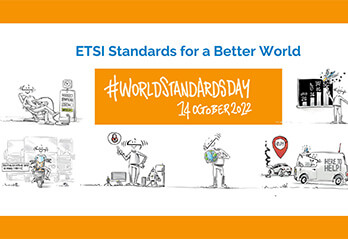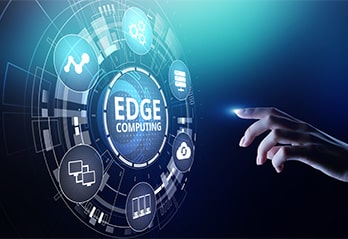ETSI celebrates World Standards Day with ETSI Standards for a Better World
Posted by ETSI COMS TEAM 2639 HitsETSI celebrates World Standards Day with ETSI Standards for a Better World
Sophia Antipolis, 14 October 2022
Today ETSI is joining the international standardization community in celebrating World Standards Day. This year’s edition focuses on a “shared vision for a better world”, where the UN Sustainable Development Goals (SDGs) are key enablers. Standards help to reach these goals.
At ETSI, we have decided to showcase six of our recently released ICT standards which help citizens to live in a better world, giving concrete examples of how people and the planet benefit from standards, and how they are aligned with the SDGs.




